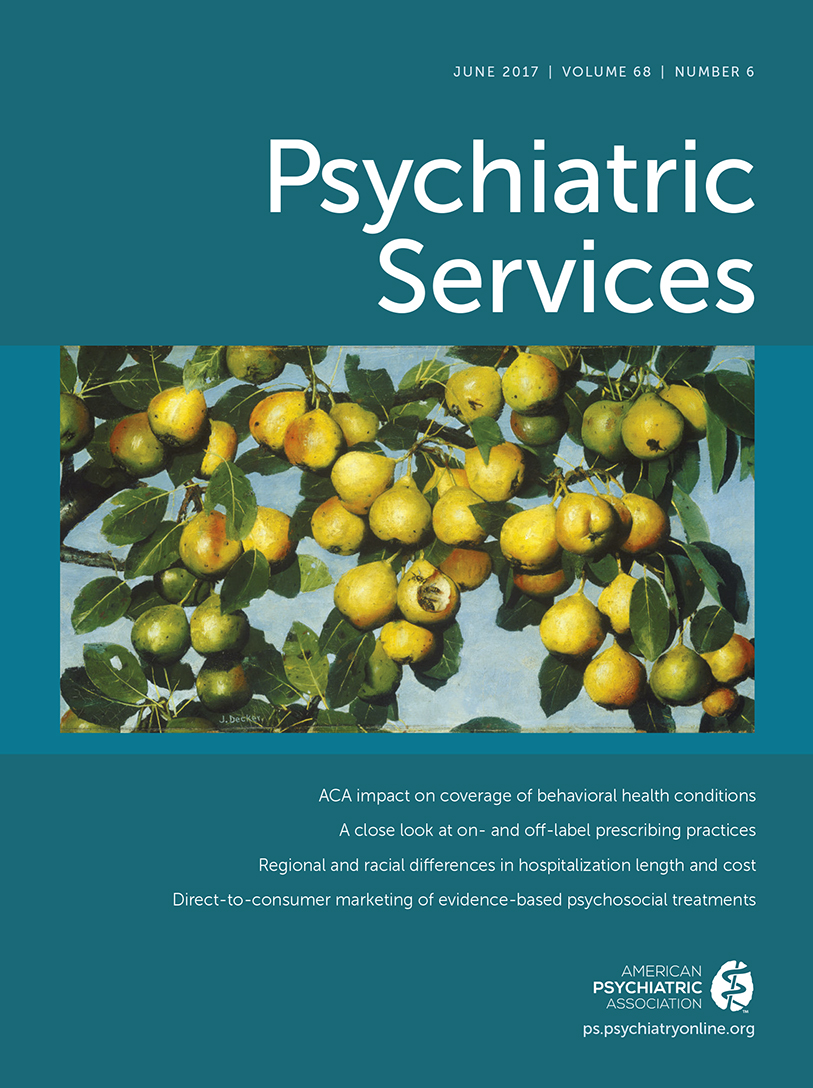Predictors of Hospital Length and Cost of Stay in a National Sample of Adult Patients with Psychotic Disorders
Abstract
Objective:
This study examined effects of patient-level and hospital-level characteristics on length and cost of hospital stays among adult patients with psychotic disorders.
Methods:
A subsample of 677,684 adult patients with a primary diagnosis of a psychotic disorder was drawn from the 2003–2011 Healthcare Cost and Utilization Project Nationwide Inpatient Sample. A nationally representative survey design and census data were used to calculate hospitalization rates. Multilevel models examined variation in length and cost of stay in relation to individual (age, sex, race-ethnicity, household income, payer source, and illness severity) and hospital (region, urban or rural location, ownership, teaching status, and size) characteristics.
Results:
Admission rates differed dramatically by region, with higher rates in the Northeast. Compared with white patients, African Americans had higher admission rates but shorter stays and lower costs, and Asians/Pacific Islanders and Native Americans had longer stays. Longer stays were also associated with higher versus lower illness severity and use of Medicaid and Medicare versus private insurance. Length and cost of stays were greater in Northeast hospitals and in public hospitals.
Conclusions:
Strong differences were noted in use of hospitalization to treat psychotic disorders. Higher admission rates and longer stays in the Northeast were striking, as were differences in admission rates and length of stay for African-American patients compared with white patients. Future research should investigate the appropriateness of acute care use from an overuse (Northeast) and underuse (West) perspective. Findings raise questions about the effects of health reform on adult acute care use and have implications for mental health and hospital policy.



